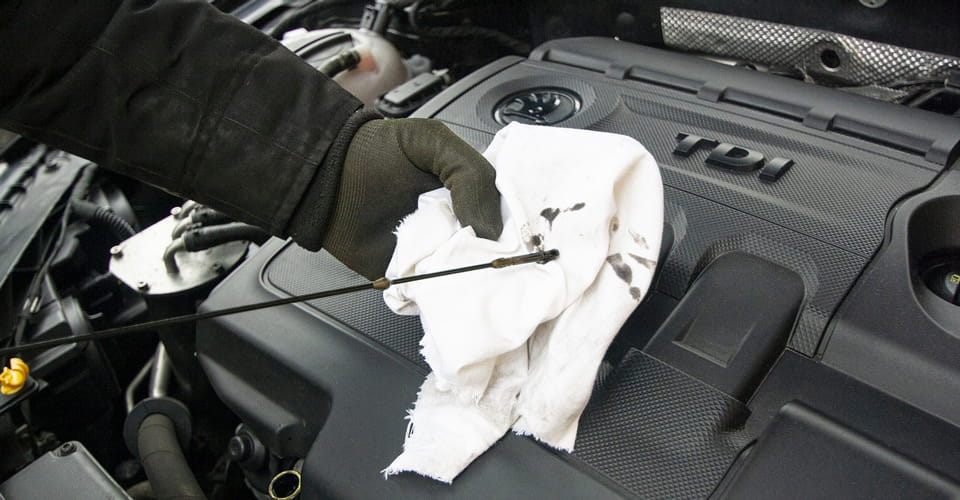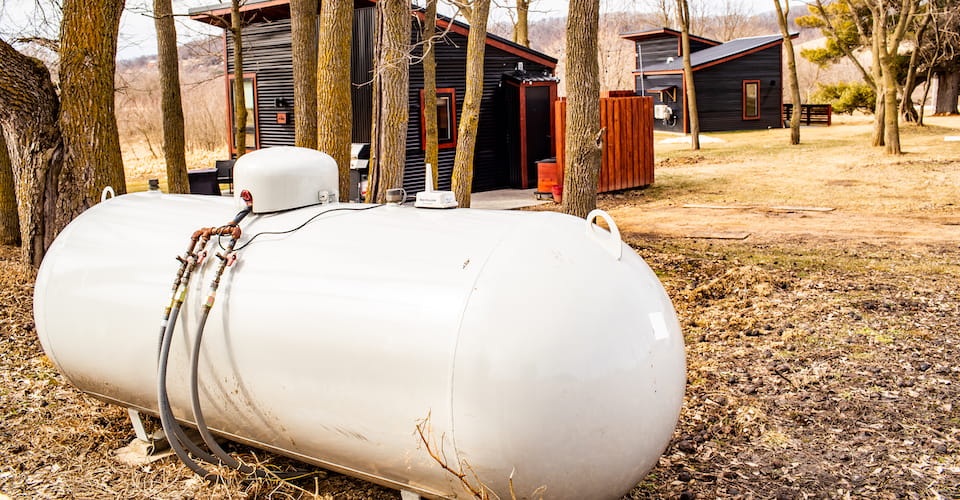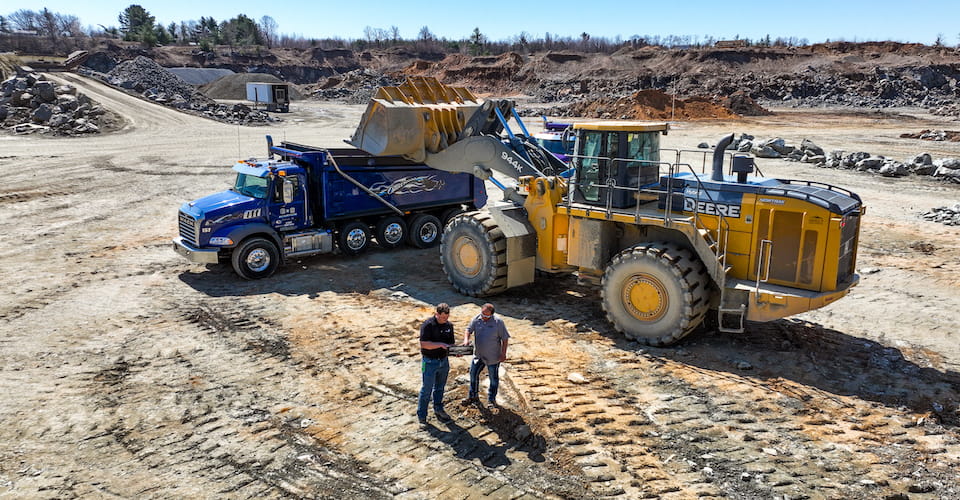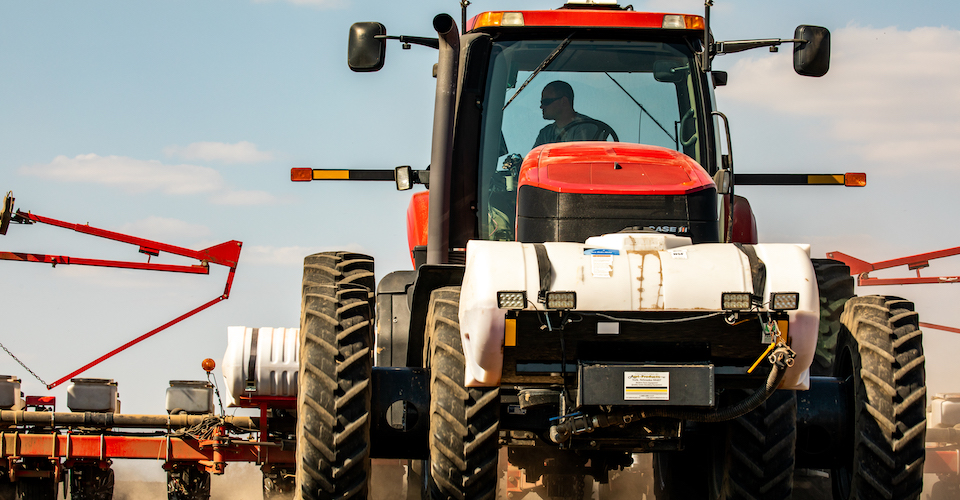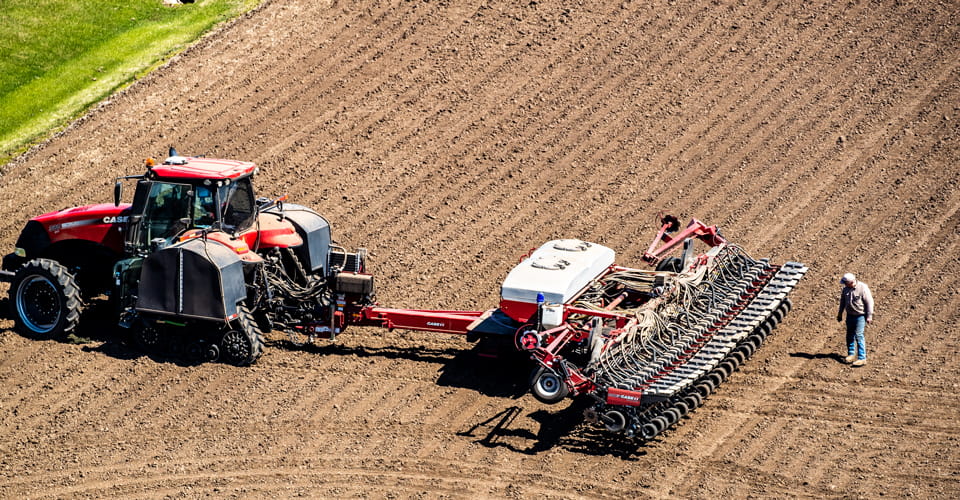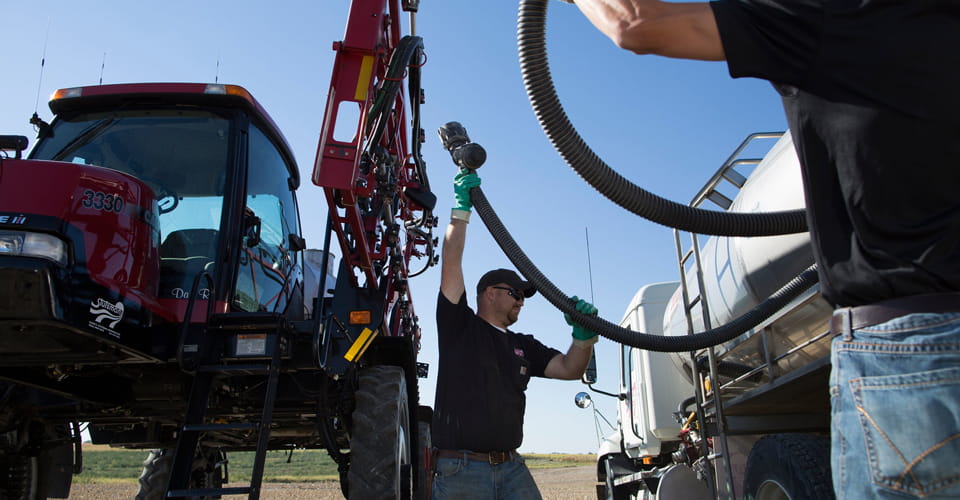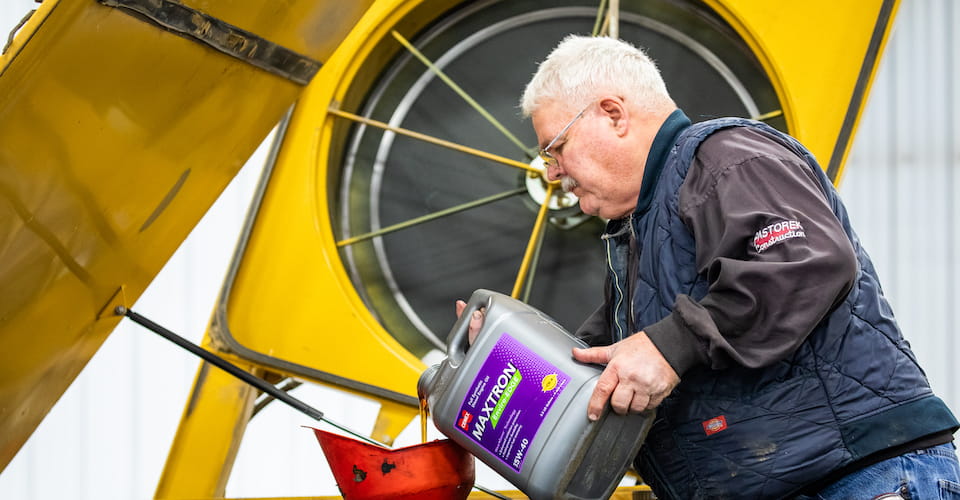
When looking for a quality lubricant, there are three primary components that you should consider: base oil, viscosity modifier and additive package.
Let’s take a quick look at each to see how the contribute to an overall lubricant makeup and how quality can affect performance.
1. Base oil
Depending on its formulation, the base oil can make up 70% to 90% of a lubricant’s overall composition. If you’re not starting with a quality base oil, you’re putting your ag equipment or fleet in jeopardy. Base oils range from conventional mineral oils (categorized in the industry as Group I or II) to highly refined synthetics (Group III and IV)
The biggest differentiator in the makeup of synthetic oil is that in the refining process, more wax molecules are removed from synthetic oils than from more conventional oils. This produces an oil that is more uniform, shear stable and less susceptible to oxidation and crystallization. Less oxidation in an oil means slower sludge buildup, which lengthens the lifespan of your oil and extends drain intervals. And less crystallization means that in cold weather, the wax molecules aren’t clumping together causing thicker oil and decreased flowability. Reduced crystallization also means better engine protection and cold start operation.
2. Viscosity modifier
A viscosity modifier enables a lubricant’s thickness to adapt to different temperatures, especially warm weather. Products without the proper amount of quality viscosity modifier are at risk of becoming too thick at cold startup, and too thin at high operating temperatures. Both of these factors create the risk of your oil not protecting your engine like it should. The multi-viscosity element also prevents you from having to change oil seasonally.
3. Additive package
Additives are a smaller percentage yet crucial part of a quality lubricant. It’s what sets lubricants apart from each other and a lack of additives can be the culprit of your operation missing out on productivity.
Cenex® takes the guesswork out of lubricant additives, including a robust additive package to increase the performance of engines in all weather conditions for on- and off-road vehicles. This package varies based on the functions that the lubricant needs to perform.
When considering an oil, look for these key additives to support the performance of your engine.
- A foam inhibitor to minimize the amount of foam created by rapid movement of lubricated parts, since foam is not an adequate lubricant.
- Detergents prevent dirt, soot and particulate matter build up on metal surfaces that can cause major problems.
- Dispersants to break up and suspend debris (especially soot) so it doesn’t stick to engine surfaces and is subsequently removed from the system when the oil is changed.
- Anti-wear to protect moving parts from premature or excessive wear, something a base oil cannot do effectively on its own.
- Cold flow improvers to ensure proper oil flow during cold starts.
- Rust and Corrosion inhibitors to prevent water damage. This important protection additive is often skipped to cut costs.
- Emulsifiers to encapsulate water and keep it from interacting with metal surfaces.
- Antioxidants to further protect from degradation when a lubricant is exposed to oxygen and heat. This helps to avoid sludge and varnish deposits.




